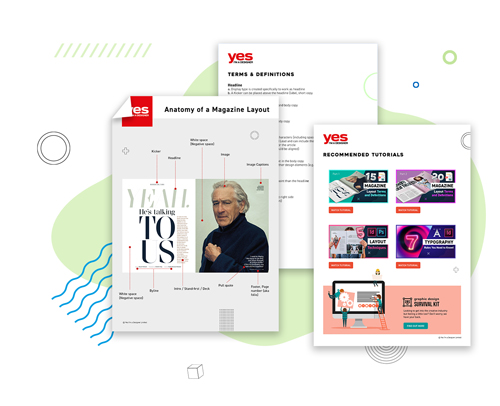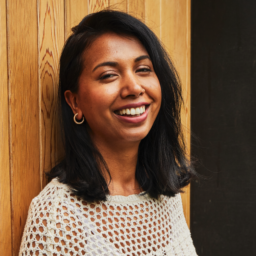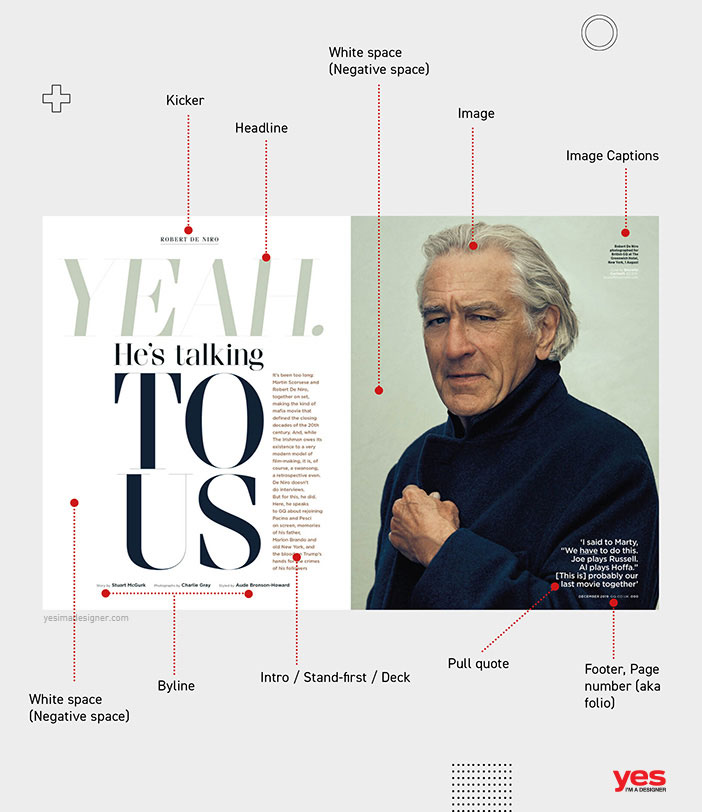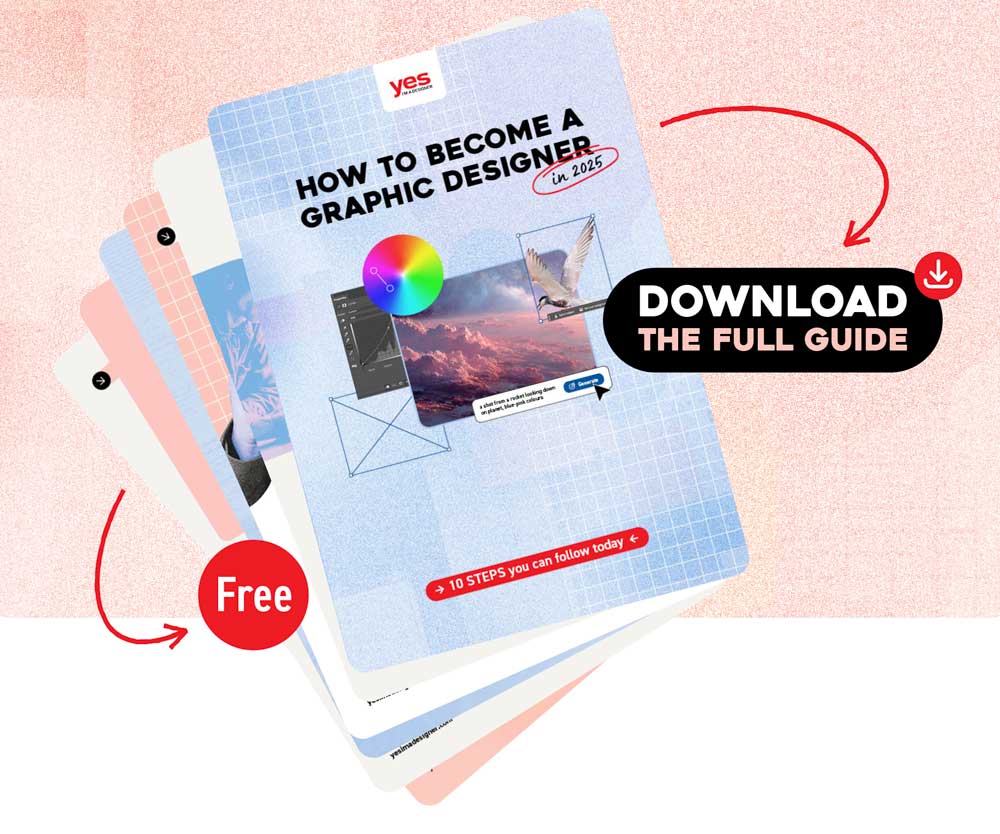Updated in 2024
Editorial Design and in particular magazines always fascinated me. There are a lot of things you need to learn to be good at designing contemporary, stylish magazine spreads.
But today I want you to get familiar with some Editorial Terms which is a must if you are planning to design magazines. We will learn about kickers, stand-firsts, bylines, pull-quotes, and so much more by analysing the work of my favourite Editorial designers and art directors. In additional I will share tutorials on Typography and Compositional techniques that will help you create stunning magazine layouts.

Free Guide on Magazine Anatomy
Get familiar with 15 Key Editorial
Terms you need to know for magazines layouts.
Best Practices
Three most important features to engage readers to stay on a spread:
- Layout
- Main image
- Headline
- Most visible parts are outer, upper sections on the spread (use these to engage reader)
- Never think of a page individually, always design spreads as a whole, even if there is an ad on one side
- Plan the viewing direction (usually top left to bottom right) Don’t overcomplicate the flow
Principles of Design
Here are a few things to consider for your Magazine Layout
- Purpose: What’s the purpose of the magazine/layout you are working on?
Is it image-based, story-based, formal, funny? etc. - Balance: Make sure your content is evenly distributed over the page/spread. Don’t put too much in one part of the page/spread. Unbalanced layouts will feel uncomfortable and lose viewers interest.
- Hierarchy: Do the right pieces of information stand out? Establish what is the most/least important information for a viewer and indicate the levels of priority visually.
- Readability: Is the text easy to read? Watch out for your point size and the font you use. Colour choice is also crucial, making sure that there is enough contrast between the copy and the background.
Magazine Design tutorials
Learn the best practices for editorial design projects. We will mainly be using Adobe InDesign and occasionally switching over to Adobe Photoshop and Adobe Illustrator. Learn how to design magazines, books, brochures, leaflets and so much more!
Typography
Typography plays a crucial role in Editorial Design. An article that you design could include text in the form of a story, interview, opinion etc. so it is pretty vital to make sure the copy you use is easy to follow and understand.
To conclude, Magazine design can be complex, there are tons of terms you need to get familiar with and so many layout rules you need to consider. Don't worry; it does get easier to learn them, the more you practice creating layouts!.
I hope you found this blog post inspiring and excited to start creating awesome magazine layout! Be sure to tag us #yesimadesigner on Instagram if you create any designs using our tutorial!



